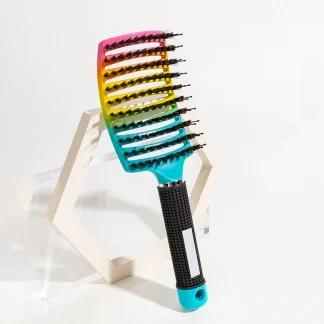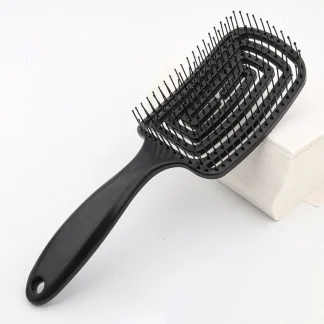Grooming Aids for Extended Tresses: A Timeless Tool of Beauty, Balance, and Ritual
The hair brush for long hair is not merely an implement of utility—it is a ceremonial object, a personal artifact, and a bearer of cultural memory. Across eras and continents, extended tresses have been revered as a symbol of vitality, sensuality, spiritual power, and social identity. And in every epoch where mane length was prized, a grooming aid tailored to its care emerged as a necessary companion. More than a grooming instrument, the styler for lengthy locks reflects the enduring human fascination with adornment, discipline, and self-expression.
The Ancient Reverence for Ample Manes
In nearly every ancient civilization, lengthy coiffures held sacred or symbolic meaning. Among the early Greeks and Romans, flowing strands were associated with divine favor, youth, and nobility. Statues of gods and heroes, from Apollo to Aphrodite, bore luxuriant locks that signified purity, strength, and cosmic harmony. In Vedic India, ample, well-kept tresses represented inner discipline and spiritual ascent. Both men and women—especially sages, yogis, and priests—grew their filaments as a covenant with the divine, using carved wooden implements and natural oils to maintain them.
In dynastic China, manes were regarded as a gift from one's parents and ancestors. To cut them was to sever filial piety. Women spent hours combing their locks each day, often with the aid of ornate stylers passed down through generations. Strand grooming, particularly for extended coiffures, was embedded in the ritual of self-cultivation. Similarly, Indigenous American tribes, such as the Hopi and Lakota, viewed lengthy hair as a spiritual conduit. Implement use was a sacred rite, typically performed communally and with great care, to realign the energy of the person.
Medieval and Renaissance Practices: Discipline and Display
During medieval times in Europe, hair brushes for long hair were essential as ample tresses—especially for women—symbolized chastity, virtue, and noble lineage. However, locks were often concealed under wimples or veils, and only shown within the privacy of the home. The act of grooming, then, became a private moment of self-care, a pause in the rhythm of daily domestic toil. Wooden dressers embedded with natural bristles were designed to detangle and smooth without breaking strands weakened by lack of hygiene or nutrition.
The Renaissance period brought with it an aesthetic revival that celebrated visible beauty. Women grew their manes to remarkable lengths, often perfumed and styled in elaborate waves and plaits. Styler use became both functional and aesthetic, ensuring coiffures were not just extended but luminous. Fine-toothed implements were used in tandem with wider, softer ones, each designed to suit the different needs of lengthy locks—from detangling to distributing natural oils.
Victorian Rituals and the Birth of Modern Brushing
The Victorian era marked a significant turning point in the practices surrounding tools for flowing tresses. Here, long hair reached the height of feminine virtue and beauty. Women were advised to brush their locks 100 strokes each night—not merely for grooming, but to stimulate the scalp, improve blood flow, and reflect moral discipline. Strand care was considered a meditative act, one that promoted both health and modesty. Ornate hair stylers became status symbols, crafted from silver, ivory, and engraved wood. Many of these sets included long-handled brushes specifically made to manage the extensive lengths common in upper-class circles.
For men, ample coiffures became less common, but in artistic and spiritual subcultures—such as the Pre-Raphaelite movement and Romantic poets—extended manes were embraced as symbols of natural genius. These figures too relied on specific grooming aids designed to maintain texture and flow without sacrificing poetic disorder.
Cross-Cultural Traditions and Hairbrush Symbolism
The cultural weight of long hair and its care spans continents, necessitating implements like the hair brush for long hair. In Japanese Heian society, court women grew their tresses to floor length, grooming them with lacquered combs and wooden stylers daily. The process was so time-consuming that it became a part of courtly routine and etiquette. In Ethiopia, extended braided locks signified tribal identity and marital status, maintained using specialized tools handed down through generations.
In contemporary Afro-Caribbean and African American communities, lengthy natural manes, whether loc’d, braided, or free-flowing, has led to the creation of specific brushes and techniques adapted to texture and significant length. The wide-toothed detangling implement, boar-bristle styler, and paddle brush have all evolved in response to the unique needs of ample, textured tresses—each embodying a legacy of resistance, pride, and cultural memory.
The Modern Grooming Aid for Extended Locks: Ergonomics Meets Ritual
Today’s hair brushes for long hair combine centuries of cultural wisdom with modern ergonomics and design. Paddle brushes offer a broad surface area that reduces breakage during detangling, while vented stylers allow for airflow, reducing drying time for lengthy, heavy strands. Flexible bristles adapt to the natural movement of tresses, minimizing tension and split ends.
These implements now also serve multifunctional purposes—detangling, smoothing, styling, or massaging the scalp. For individuals with ample, thick, or curly coiffures, tools with ball-tipped or staggered bristles prevent snagging while moving through dense sections. The emphasis has shifted toward maintaining mane health, especially the preservation of natural oils, scalp integrity, and the prevention of unnecessary stress at the roots.
Yet, despite these technological advances, the act of grooming remains steeped in ritual. Many people still find peace in the process—taking time before bed to pass an implement through each section slowly, to breathe deeply, and to reconnect with themselves. Whether it’s part of a nightly wind-down or a morning styling routine, the brush remains a powerful symbol of discipline and grace.
Brush Selection: A Personal Journey for Lengthy Manes
Choosing the right hair brush for long hair depends on many intimate factors: texture, thickness, styling habits, and even emotional preference. Some prefer the soft pull of a boar-bristle styler that smooths and polishes. Others require the firm resilience of a wide-paddle detangler that can tackle tangles without trauma.
The length and weight of one’s tresses influence grooming aid ergonomics. Long-handled implements are ideal for reaching the ends of very extended manes, while cushioned bases protect against harsh brushing on delicate strands. Many users build a routine around multiple stylers—one for detangling, one for daily smoothing, and another for scalp care.
Conclusion: In Every Stroke, A Story with Tools for Ample Tresses
The hair brush for long hair is more than a grooming device—it is a bridge between the ancient and the modern, between function and feeling. It connects us to our ancestors, our cultures, and our most private rituals of self-respect. From the silver-handled stylers of the Victorian boudoir to the sleek, heat-resistant models of today’s salons, these tools speak of our longing to maintain harmony in our bodies and our lives.
As long as humans have tresses, and as long as manes have significant length, there will be implements designed to nurture, to untangle, and to honor them. The grooming aid is not just something we use—it is something we trust. And for extended coiffures, where each strand tells a story, the right brush ensures that tale is not broken, but allowed to grow, shine, and be heard.
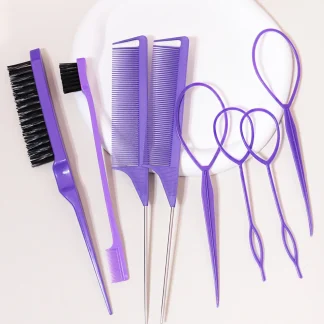
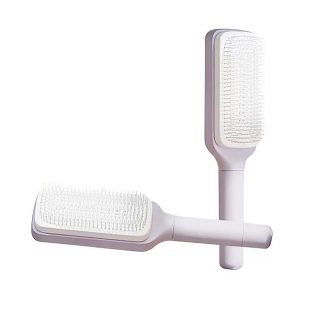
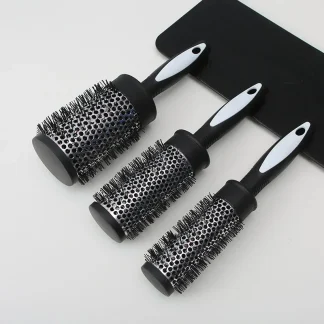
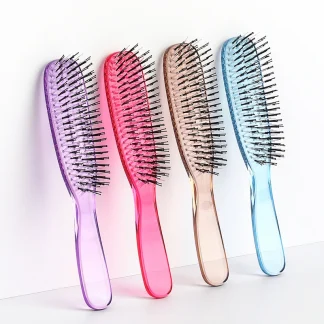
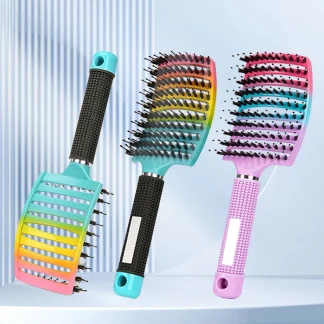
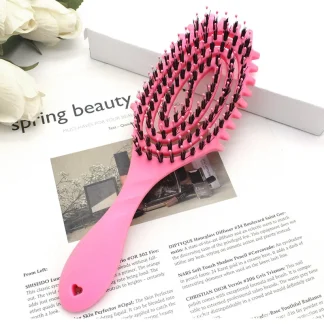
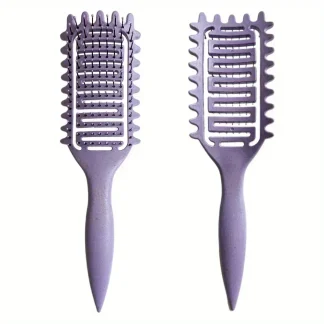
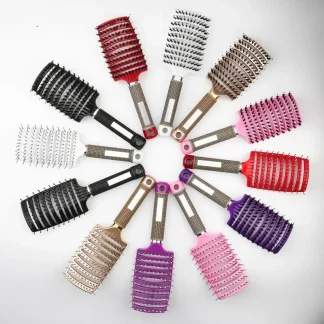 + 7
+ 7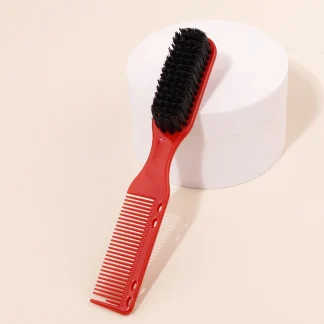
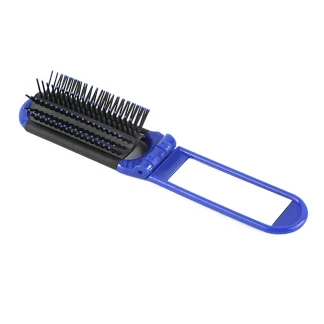
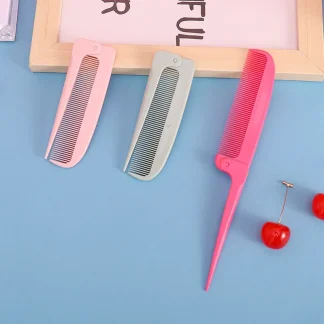 + 2
+ 2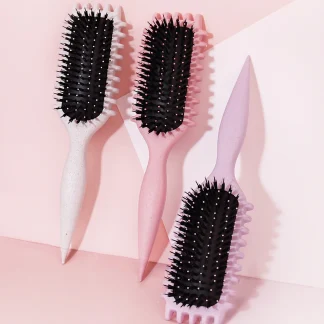
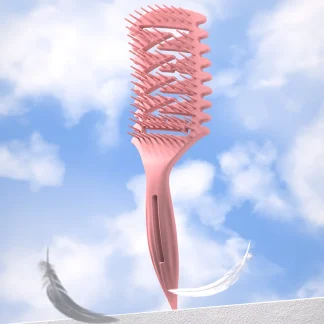

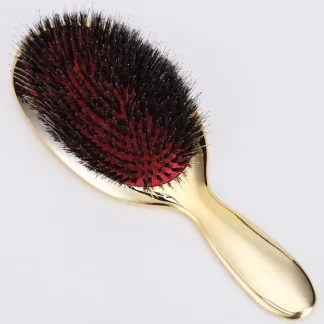
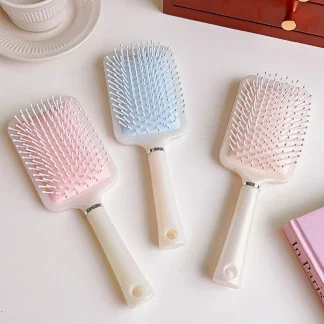 + 2
+ 2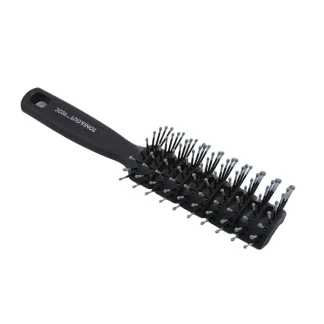
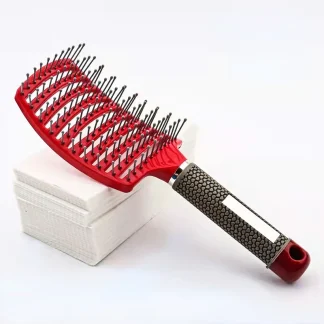
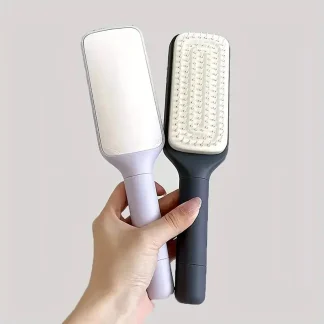
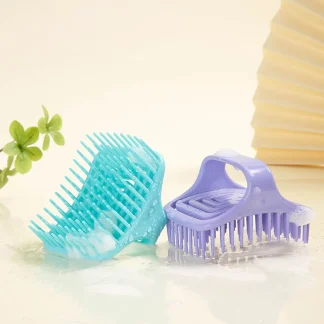
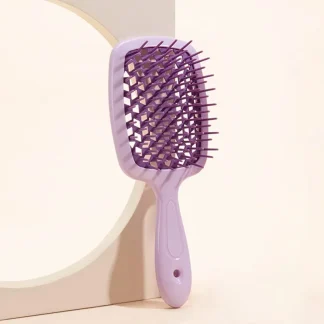 + 5
+ 5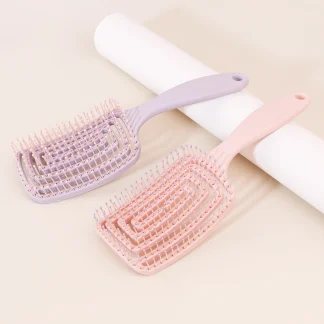
 + 6
+ 6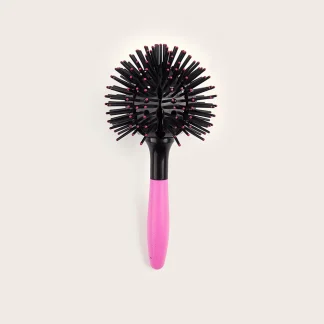
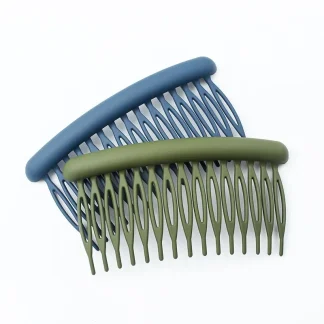 + 7
+ 7